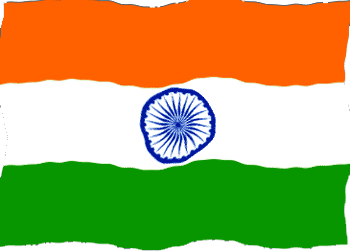Not all work is bad for children. According to social scientists most kinds of work are unobjectionable, if they are not exploitative. School boys delivering newspapers is a common sight in the USA and Canada. This activity benefits the child as he learns how to work, gain responsibility, and earn some pocket money. But if the child is not paid, the same work becomes exploitative.
The United Nations Children Fund (Unicef)’s 1997 State of the World’s Children Report says: “Children’s work needs to be seen as happening along a continuum, with destructive or exploitative work at one end and beneficial work—promoting or enhancing children’s development without interfering with their schooling, recreation and rest—at the other. And between these two poles are vast areas of work that need not negatively affect a child’s development.” Social scientists agree but draw the line between acceptable and unacceptable work differently.
International conventions define children as aged 18 and under. Individual governments may define “child” according to different ages or other criteria. “Child” and “childhood” are also defined differently by different cultures. In fact, children’s abilities and maturity vary widely and, therefore, defining a child’s maturity by calendar age can be misleading.
In 2000, the ILO estimated, “246 million child workers aged 5 and 17 were involved in child labour, of which 171 million were involved in work that by its nature is hazardous to their safety, physical or mental health, and moral development. Moreover, some 8.4 million children were engaged in so-called ‘unconditional’ or worst forms of child labour, such as forced and bonded labour, conscription by military forces in armed conflict, trafficking, commercial, sexual and other forms of exploitation.
In India, child labour is exploitative in the extreme. Growing children are employed as domestic help and live in miserable conditions. They are low paid and sleep in staircases or on the road. Those employed by the roadside dhabas or teashops in the cities or on the highways likewise lead a life of deprivation and dreariness. Yet, if they do not take up this type of work, they face starvation and ill-treatment at home, even at the hands of parents and relatives. There are laws prohibiting child labour but in India the laws are seldom implemented.
More boys than girls work outside their homes. Increasingly, however, more girls are working in some jobs: for instance, as domestic maids. Being a maid in someone’s house is risky. Cut off from friends and family, these little maids can easily be phy-sically or sexually abused by their employers and even by neighbours or unknown visitors.
Children in hazardous and dangerous jobs are in danger of injury and death.
According to UNICEF, it is a myth that “[1] child labour is only a problem in developing countries. … children routinely work in all industrialised countries, and hazardous forms of child labour can be found in many countries. [2] child labour will only disappear when poverty disappears. [3] only a very small proportion of all child workers are employed in export industries—probably less than 5 per cent. Most of the world’s child labourers actually are to be found in the informal sector—selling on the street, at work in agriculture or hidden away in houses—far from the reach of official labour inspectors and from media scrutiny.”
In our view, poverty is largely responsible for what is wrong with child labour; other causes are not as pervasive.
Subscribe to:
Post Comments (Atom)



0 comments:
Post a Comment